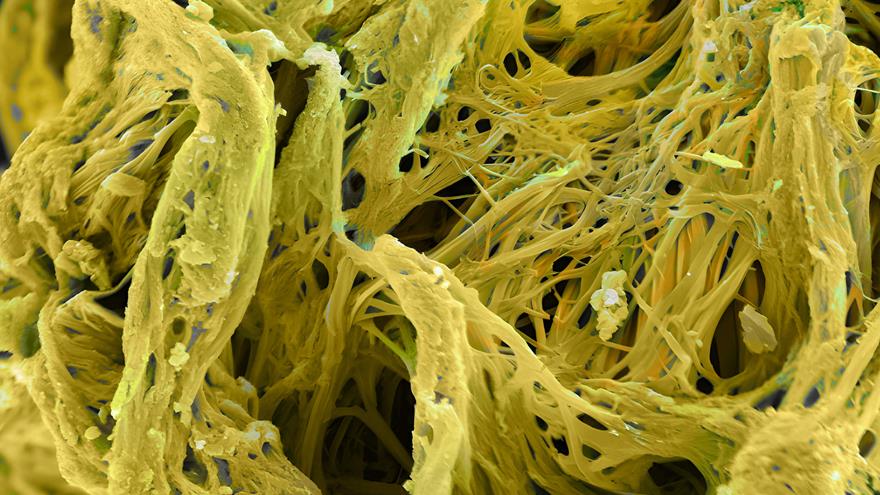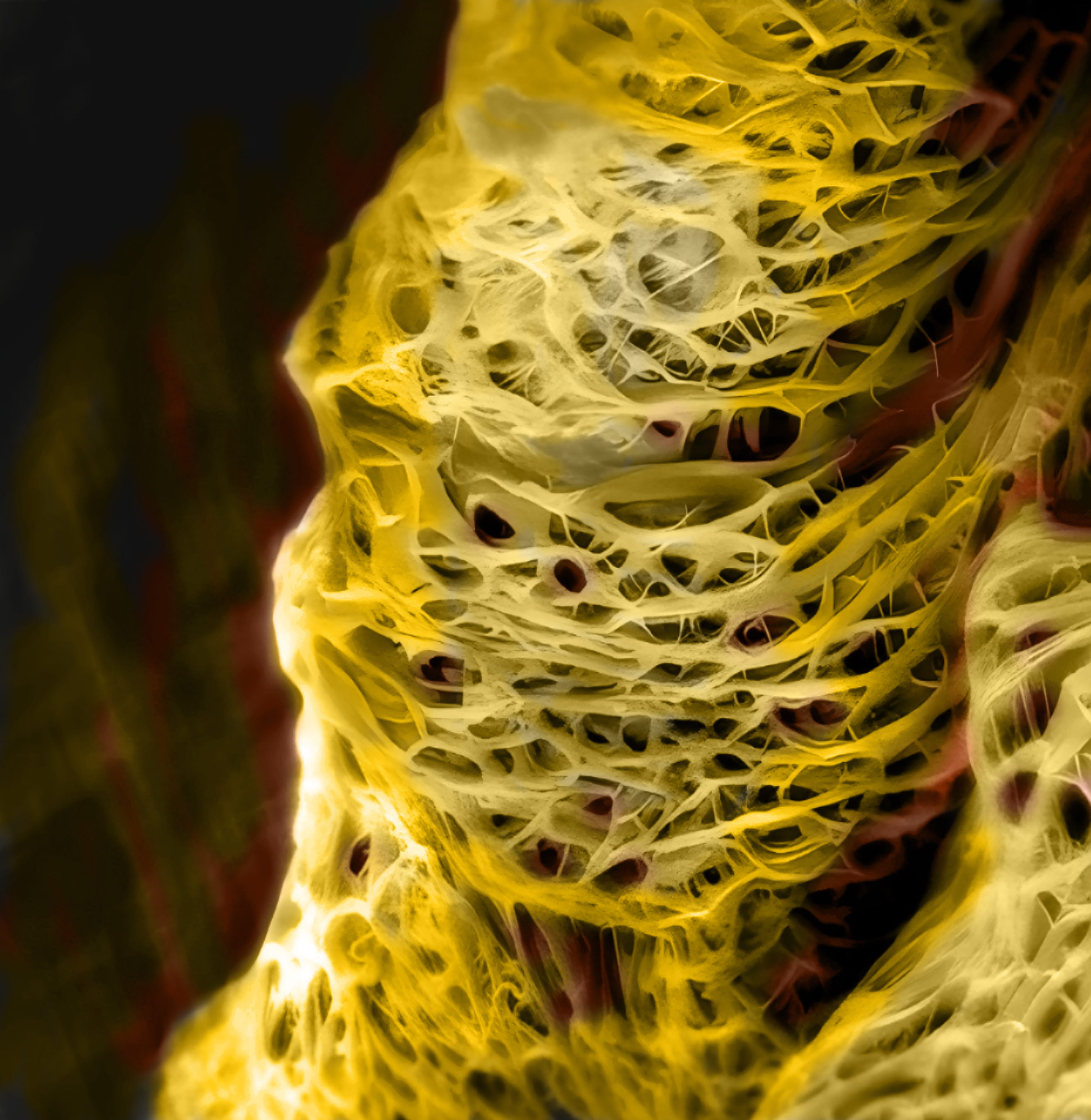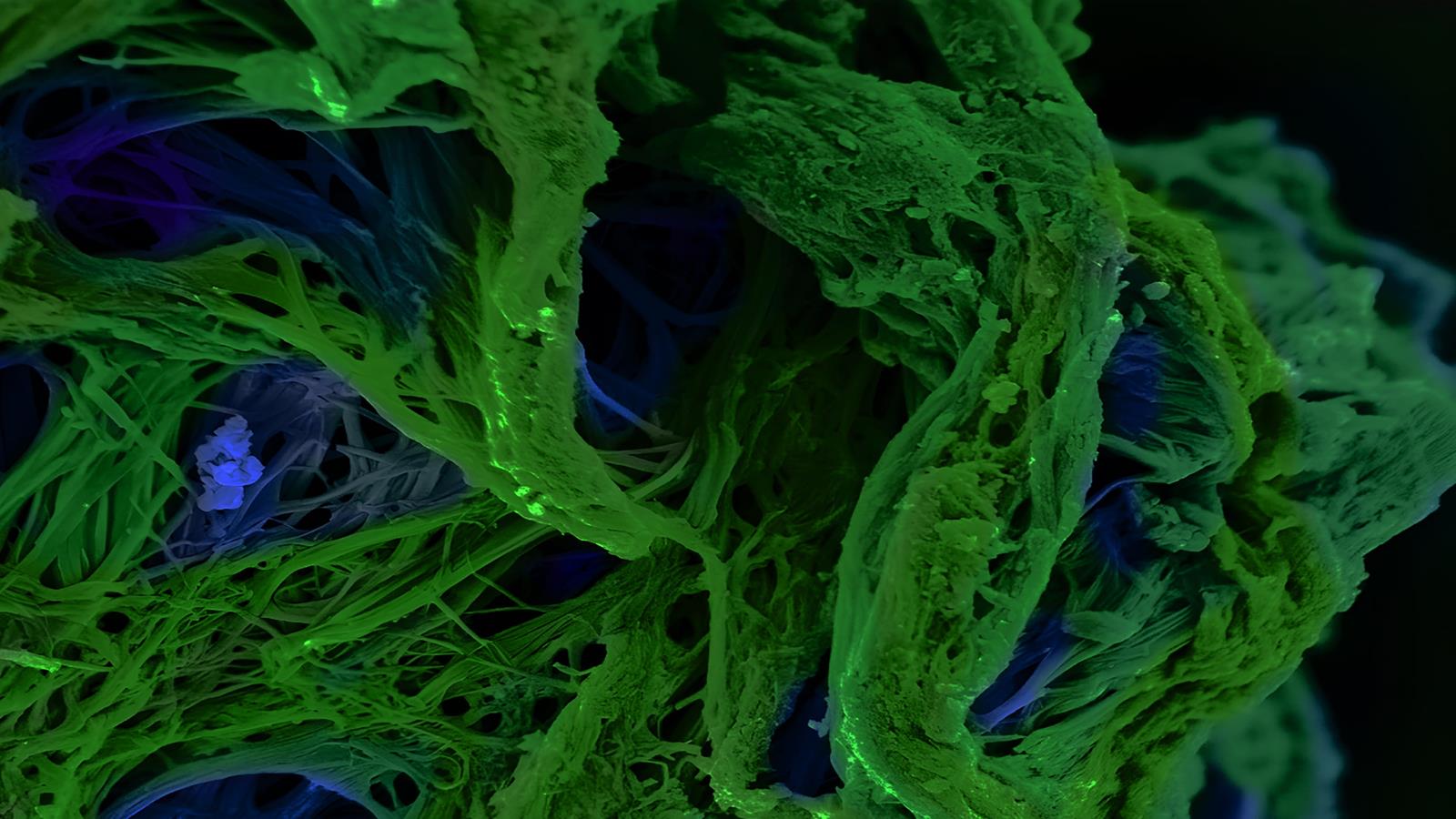Bridging Science and Entrepreneurship
By Natalie Kostelni

Greg Schwenk’s passion for science took root during his high school years in Elmhurst, a small rural community near Scranton, and continued at the University of Scranton, where he found the support and encouragement that fueled his curiosity and solidified his academic journey.
Earning a bachelor's degree at Scranton, Schwenk credits his college academic advisor, Chris Baumann — a chemistry professor and mentor — among the key influences who helped guide him into the scientist he is today.
“It wasn’t always sunshine and rainbows and there were challenges along the way, but many of the teachers I had shaped my analytical mindset and love for discovering new things,” said Schwenk, a former postdoctoral researcher in Professor Michel Barsoum’s lab in Drexel’s College of Engineering and now a scientist-entrepreneur pursuing the commercialization of a discovery made in the lab. “I consider myself incredibly lucky to have had amazing academic role models and early experiences that laid the foundation for where I am today.”
Chemistry, which Schwenk views as a means to improve people’s lives, became his passion and he’s already receiving early professional recognition for his work. In July 2024, Schwenk was among 62 fellows to win a prestigious Activate Fellowship to turn scientific breakthroughs into high-impact businesses. Schwenk was selected from a competitive pool of over 1,000 applicants.

The Activate fellowship will enable Schwenk to pursue commercializing one-dimensional, 1D nanostructures. These 1D nanofilament materials were discovered in 2021 by Barsoum and Hussein O. Badr, who graduated from Drexel with a PhD in materials science and engineering and is now a post-doc at Stanford.
From this discovery, One-D Nano, a company, was formed. Schwenk is co-founder and CEO of the startup while Barsoum serves as a co-founder and technical advisor to One-D Nano.
Schwenk has left Drexel to pursue One-D Nano full-time. The fellowship provides Schwenk with more than $500,000 over two years in non-dilutive funding — financing that doesn’t require giving up any equity or ownership in the company. The money covers Schwenk’s salary, research expenses, health benefits and travel. Activate provides a network of mentorship, education and support from a network of scientists, engineers, investors, and fellow scientist entrepreneurs.
Power of Chemistry
As Schwenk pursued his PhD at Drexel, he serendipitously became involved with the groundbreaking nano material. In 2021, while working in the Materials Characterization Core (MCC), Schwenk met Badr and the two struck up a conversation about the new nano material. That encounter led to Schwenk’s involvement with Barsoum’s group.
In August 2022, Schwenk cold-emailed Barsoum, expressing interest in working with the materials lab. The outreach worked.
By September 2022, Schwenk (PhD, inorganic chemistry ’22) defended his doctoral thesis and, two days later, started working on what he described as a “paradigm changing” material as a postdoctoral researcher in the Layered Solids Group headed by Barsoum.
“The research process was intense but rewarding. We knew we were onto something special, and the support from the research community at Drexel was invaluable,” Schwenk said. “Our work speaks volumes about the collaborative and supportive research culture at Drexel.”
Barsoum is known for his discovery with Distinguished University and Trustee Chair Professor Yury Gogotsi called MXene, a two-dimensional material composed of titanium and carbon atoms. MXenes possess unique properties as atom-thick materials applications in the electronics, energy storage and biomedical sectors as well as promise in providing durability to consumer products, military equipment and medical treatments.

1DLs are “something even more fascinating,” Barsoum said, describing the material as inorganic cellulose that visually looks like spaghetti. The nanomaterial has an incredibly high surface area, giving it the potential ability to solve large-scale industrial problems.
“It’s six angstroms by six angstroms — very thin spaghetti; world-record thin,” he said. “It’s the first inorganic material of this kind ever made. If you take a gram of this and connect it end to end in a chain, it will span 400 million miles.”
For context, a human hair is about 1 million angstroms thick, making an angstrom about one-millionth the thickness of a strand of hair.
The way it behaves is also remarkable, Barsoum said. When viewed under a microscope, it shows characteristics of biology and properties “we have never seen before.”
The applications for 1DLs are mostly unknown at this point though expected to be vast. For example, the material can adsorb large quantities of ecologically harmful dyes left over from dying processes and, using sunlight alone, successfully degrade them. Green hydrogen production is also an area of focus.
In Pursuit of Societal Impact
Because 1DLs have many remarkable characteristics, deciding what to focus on during commercialization was and still is a challenge for Schwenk and One-D Nano. Prior to landing the Activate Fellowship, Schwenk found guidance attending the I-Corps Program, which is a National Science Foundation, (NSF) entrepreneurial training initiative that helps scientists commercialize their discoveries.

“Startup companies have limited resources and determining what problem to solve first is so critical,” Schwenk said. “Without a well-articulated focus that is validated with potential customers and industry stakeholders, you will find no investment. That is when I looked to Drexel for help.”
Schwenk worked closely with Shintaro Kaido, who formerly oversaw Drexel Applied Innovation. Drexel Applied Innovation, which serves as the university’s center for tech transfer, partners with Drexel’s faculty, staff, students and external innovators to expand the impact of Drexel research by moving scientific and technological knowledge from research institutions to the public and private sector. The goal is to create new products and services that benefit society by turning scientific discoveries into commercial realities.
“Shintaro has arguably been the single most influential person so far in my entrepreneurial journey,” Schwenk said.
Since 2015, Activate’s mission has been to support scientists, mostly at research institutions, on their entrepreneurial journey. The nonprofit and its partners have assisted 249 fellows and 196 startups in a variety of sectors including energy, electronics and manufacturing. Activate Fellows have gone on to secure $2.3 billion in additional public and private funding to underwrite their work.